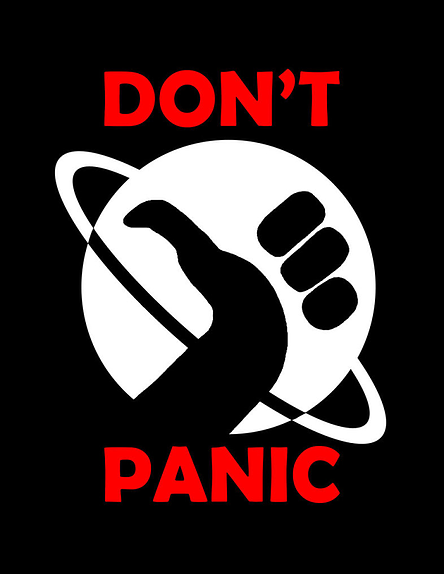
Okay, fine, panic a little.
In 1908, psychologists Robert Yerkes and John Dodson co-formulated the “Inverted-U Model” to relate stress to performance. According to the model, which places stress level on the x-axis and performance level of the y-axis, there is an optimal level of stress associated with any task. While the precise nature of the curve varies depending on what sort of task is being studied, Yerkes and Dodson found that regardless of the activity, a little bit of stress is better than none.
While some people may boast about having “ice in their veins” and never showing signs of stress during difficult, high-pressure situations, research does not support the idea that these Cool Hand Lukes are the highest-performers in their fields. Quite the contrary, it has now been confirmed many times over widely that a certain level of stress helps to energize an individual into an even better performance than would be achieved otherwise.
Sports psychologists, who are well aware of this, often encourage athletes to find ways to embrace pre-game jitters rather than try to fight them off. By acknowledging and even making light of their own nerves, athletes can prevent those feelings from spinning out of control and ultimately marring their performance. Sometimes stress-induced rituals become part of these athletes’ routines. In fact, Bill Russell, one of the greatest NBA players of all time, used to puke in the locker room prior to every Celtics game. Ditto for former Buffalo Bills Quarterback Jim Kelly, one of the most prolific all-time passers in the NFL.
GMAT test takers should feel no different. The test is high-stakes. It’s timed. It’s graded right there on the spot. When many weeks or even months of preparation come before test day, a student may even feel additional resultant pressure to show a strong performance.
A GMAT tutoring student in Boston recently called me to talk about test day stress.
“I’m worried about test day,” she said. I know how nervous I got last time, and I’m retaking it and wondering if I’m going to react the same way. What should I do?”
The first thing I told her was not to feel strange about feeling nervous. It would be far worse, I said, if she didn’t feel at least a few pangs of jitters when thinking about the test. I told her not to fight those feelings on the night before or morning of the test, but to acknowledge and embrace them. With a nod towards Facebook COO Sheryl Sandberg, I told her to Lean In. When someone becomes stressed out about being stressed out, he or she is far more likely to end up on the wrong side of the inverted U described by Yerkes and Dodson.
The second thing I told her was to use the Analytical Writing Assessment (AWA) as a way to shake out the nerves. “The AWA comes first, and you know you’re a great writer,” I said. “So use that time to focus on your essay and settle in to your surroundings at the test center. Take a few extra deep breaths along the way, and then zero in on that essay with laser-beam focus.”
After the AWA is completed, everything else is multiple choice – Integrated Reasoning, Quant, and Verbal. Every question presents a GMAT test taker with one correct answer and four bad ones, so the important thing is to just think about the question at hand. As a student gets into the groove of responding to question after question, screen after screen, he or she tends to forget about outside distractions, stressors, and what-ifs. This is what athletes sometimes call “The Zone,” and I have heard many GMAT students report a similar feeling after describing their test experience.
Without exception, each one of those students felt a mix of adrenaline and nerves on the morning of the test, and ultimately succeeded after working through those feelings – not by buckling, and not by panicking, but by charging through with a steady, measured approach that carried them through a grueling multi-hour exam. So can any test taker who takes a similar approach.


Comments